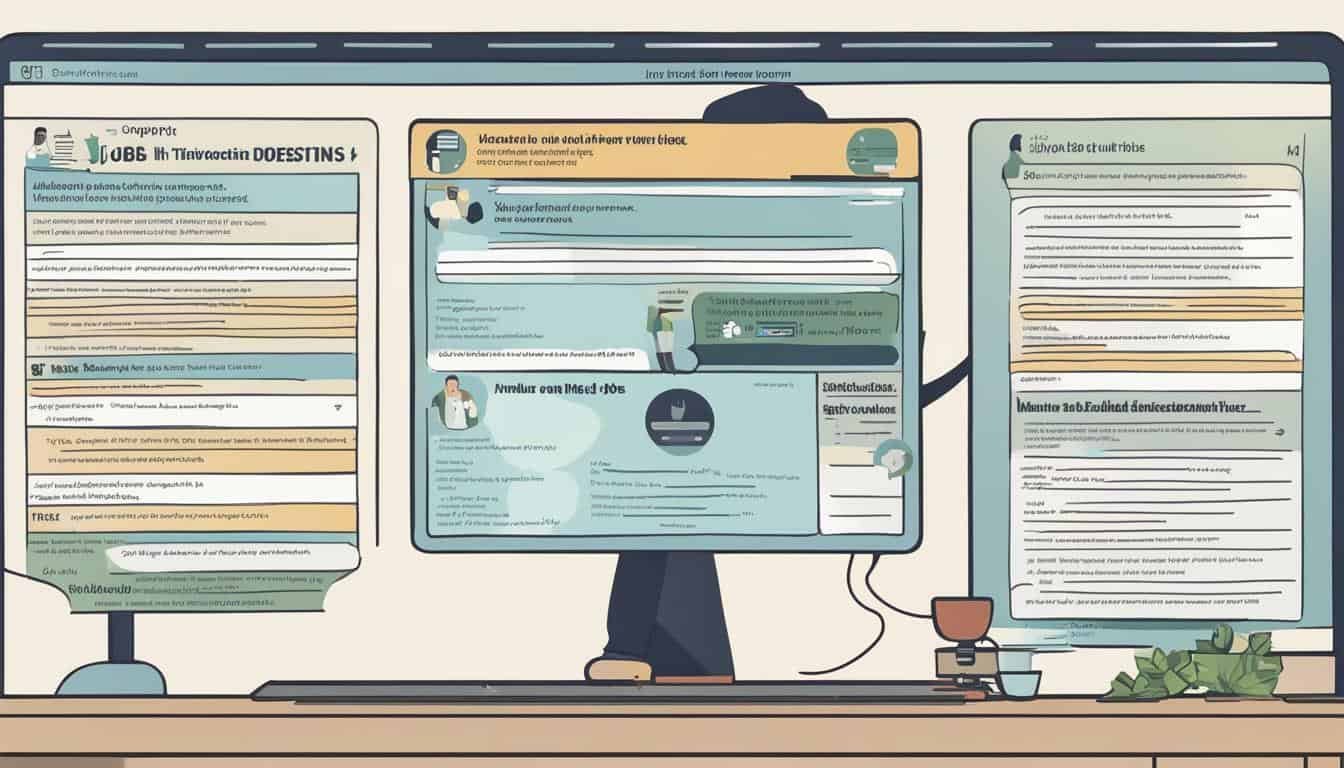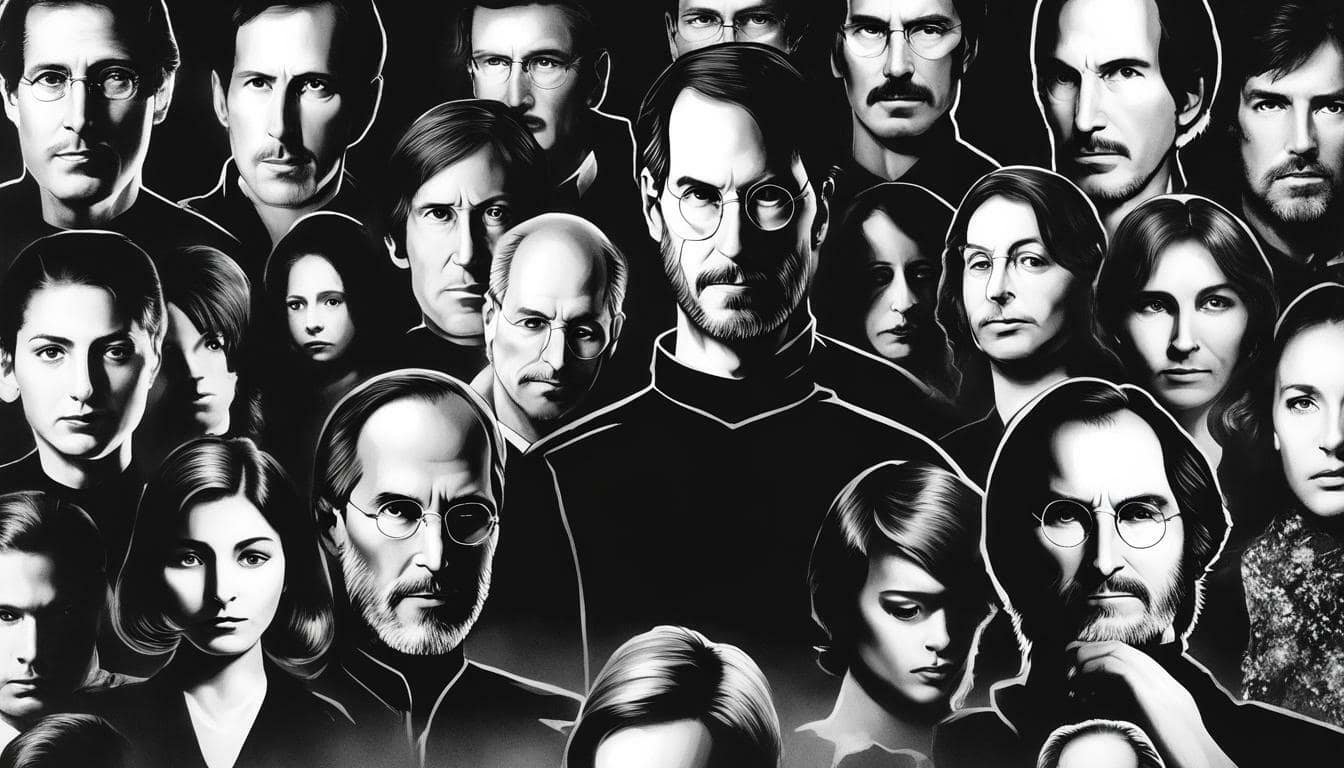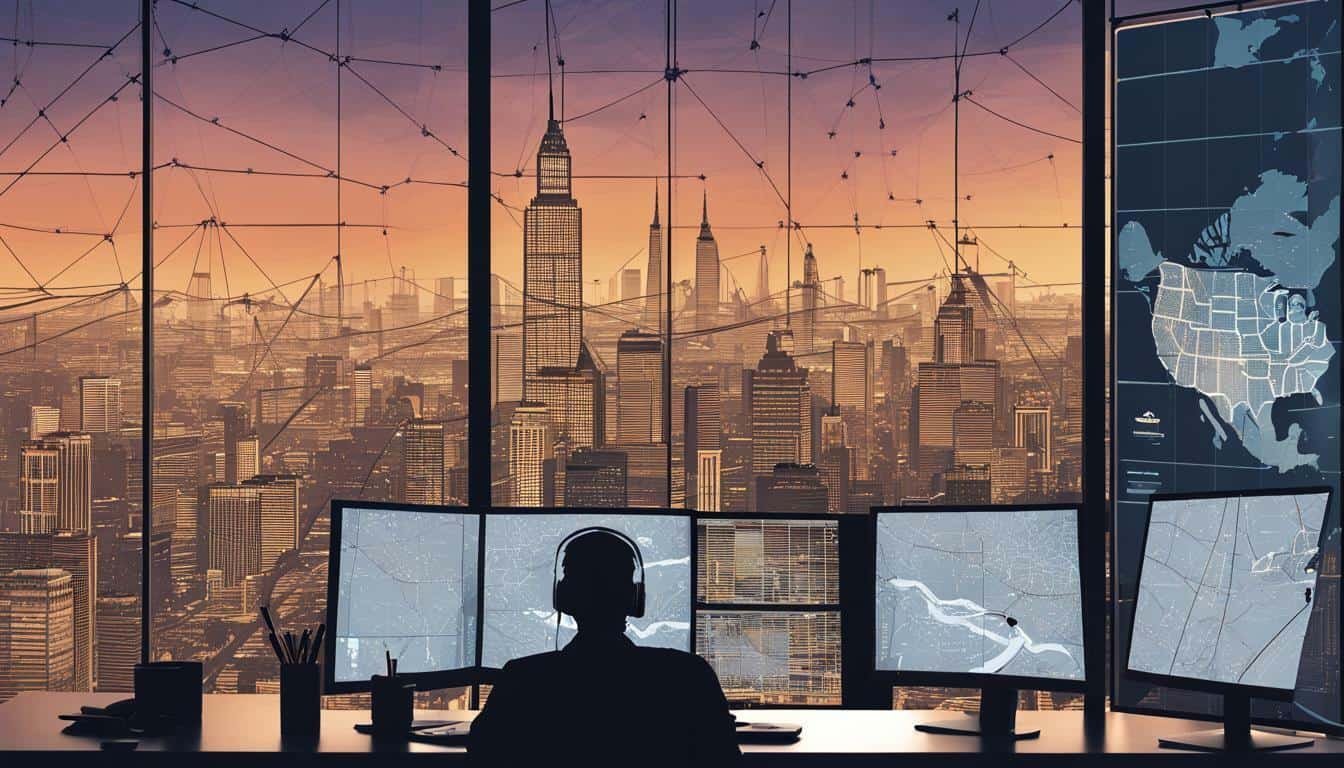Introduction to Graphic Design
Graphic design is a creative field that combines art and technology to visually communicate messages.
It involves the use of various design elements, such as typography, images, colors, and layout, to create visual representations of ideas or concepts.
In today’s digital age, graphic design plays a crucial role in advertising, marketing, branding, web design, and other forms of communication.
The Role of a Graphic Designer
A graphic designer is a professional who specializes in creating visual content for both print and digital media. They work closely with clients or creative teams to understand the objectives and requirements of a project.
Graphic designers use their artistic skills and technical knowledge to develop compelling designs that effectively convey messages to the target audience.
Their work can range from designing logos, brochures, and posters to creating website layouts and social media graphics.
Skills and Qualifications of a Graphic Designer
To excel as a graphic designer, one must possess a diverse set of skills. These include:
- Creativity: Graphic designers need to think outside the box and come up with unique and visually appealing concepts.
- Proficiency in Design Software: Familiarity with industry-standard design software, such as Adobe Creative Suite (Photoshop, Illustrator, InDesign), is essential.
- Knowledge of Typography and Color Theory: Understanding how to select fonts and colors that evoke specific emotions and convey messages effectively.
- Attention to Detail: Being meticulous in the placement of elements, ensuring consistency, and maintaining high-quality standards.
- Communication Skills: Collaborating with clients and team members, and effectively conveying ideas and concepts.
- Time Management: Meeting project deadlines and working efficiently under pressure.
- Adaptability: Being open to learning new design techniques and keeping up with industry trends.
The Importance of Creativity in Graphic Design
Creativity is the backbone of graphic design. It allows designers to break away from conventions, experiment with new ideas, and create visually stunning and impactful designs.
In a highly competitive market, a creative approach helps a designer stand out and attract attention. It allows them to solve problems in unique ways and develop designs that resonate with the target audience.
Without creativity, graphic design would become stale and fail to make a lasting impression.
Understanding Typography and Color Theory
Typography and color theory are two fundamental aspects of graphic design.
Typography involves the art of arranging typefaces in a visually pleasing and readable manner. It includes selecting appropriate fonts, sizes, and spacing to enhance the overall design and convey the intended message effectively.
Color theory, on the other hand, explores how colors interact with each other and the emotions they evoke.
Graphic designers need to understand color psychology and utilize color schemes that align with the purpose and desired impact of the design.
Working with Adobe Creative Suite
Adobe Creative Suite is a collection of industry-standard software widely used by graphic designers. It includes Photoshop, Illustrator, and InDesign, among others.
Photoshop is primarily used for image editing and manipulation, Illustrator for creating vector graphics, and InDesign for layout design and typesetting.
Proficiency in these tools allows designers to bring their creative ideas to life and produce professional-quality designs.
Designing for Print vs. Digital
Graphic designers must adapt their approach based on whether they are designing for print or digital mediums. Print design involves creating visuals for physical formats, such as brochures, posters, and packaging.
Designers need to consider factors like paper stock, printing techniques, and color accuracy. Digital design, on the other hand, focuses on creating visuals for websites, social media, and other digital platforms.
It requires knowledge of screen resolutions, user experience (UX) design, and responsive layouts.
The Process of Creating a Graphic Design Project
Creating a graphic design project typically follows a structured process:
- Gathering Requirements: Understanding the project objectives, target audience, and desired outcomes.
- Research and Ideation: Conducting research, exploring different design concepts, and brainstorming ideas.
- Sketching and Wireframing: Roughly sketching out design concepts and creating basic wireframes to visualize the layout.
- Design Development: Transferring the chosen concept to digital software and refining the design elements.
- Review and Revision: Seeking feedback from clients or team members, incorporating changes, and refining the design further.
- Finalization and Delivery: Preparing the design files for the intended medium and delivering them to the client or production team.
Effective Communication in Graphic Design
Clear and effective communication is vital in graphic design. Designers need to understand the client’s vision, interpret their requirements, and communicate their design choices effectively.
They should be able to articulate the reasoning behind their design decisions and adapt their communication style to different stakeholders, such as clients, colleagues, and printers.
Effective communication ensures that the final design meets the client’s expectations and effectively communicates the intended message.
Keeping Up with Design Trends
Graphic design is a dynamic field that constantly evolves with changing trends and technologies. Designers need to stay updated with the latest industry trends to remain relevant and competitive.
This includes following design blogs, attending conferences or workshops, and exploring new design techniques.
By keeping up with trends, designers can offer fresh and innovative solutions to clients and maintain their competitive edge.
The Future of Graphic Design
As technology continues to advance, graphic design will continue to evolve. The integration of artificial intelligence, virtual reality, and augmented reality opens up new possibilities for designers.
The future of graphic design might involve interactive and immersive experiences, personalized design automation, and even designing for emerging technologies like wearable devices and smart environments.
However, despite these advancements, creativity and human design intuition will remain crucial in creating impactful and memorable designs.
Conclusion
Graphic design is a dynamic and creative field that plays a vital role in modern communication. It requires a combination of artistic skills, technical knowledge, and effective communication abilities.
As a graphic designer, staying up to date with the latest trends and continuously honing one’s skills is essential to deliver high-quality and visually appealing designs.
With the rapid advancement of technology, the future of graphic design holds exciting opportunities for innovation and creativity.
If you are interested in other No Code Jobs see our post on High-Paying Tech Jobs Without Coding in 2023
FAQs
1. What is the role of a graphic designer?
A graphic designer is responsible for creating visual content for both print and digital media. They use their artistic and technical skills to develop designs that effectively communicate messages to the target audience.
2. What software do graphic designers use?
Graphic designers often use industry-standard software like Adobe Creative Suite, which includes Photoshop, Illustrator, and InDesign. These tools help designers bring their creative ideas to life and produce professional-quality designs.
3. Why is creativity important in graphic design?
Creativity is crucial in graphic design as it allows designers to break away from conventions, think outside the box, and create visually stunning and impactful designs. It helps designers stand out in a competitive market and attract attention.
4. How can I improve my graphic design skills?
To improve your graphic design skills, practice regularly, explore new design trends, and experiment with different techniques. Additionally, seeking feedback from peers or mentors and staying updated with the latest industry developments can help you grow as a designer.
5. What does the future hold for graphic design?
The future of graphic design is likely to involve advancements in technology, such as artificial intelligence, virtual reality, and augmented reality.
Designers might explore interactive and immersive experiences, personalized design automation, and designing for emerging technologies like wearable devices and smart environments.
However, creativity and human design intuition will continue to be fundamental in creating impactful designs.




0 Comments